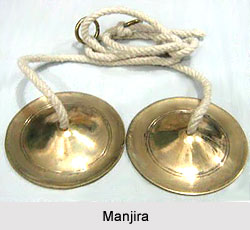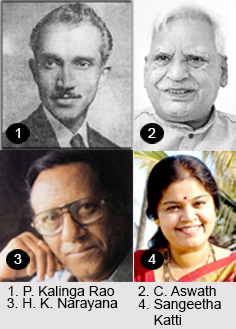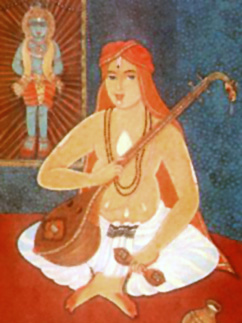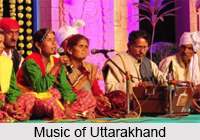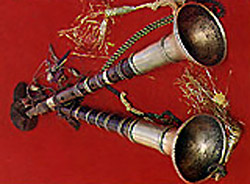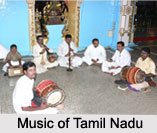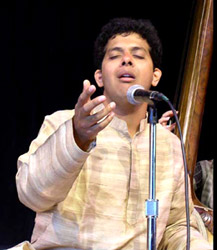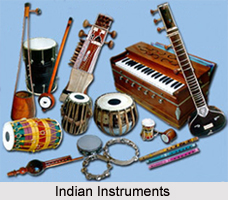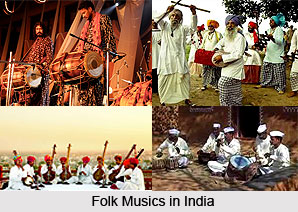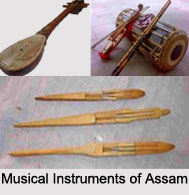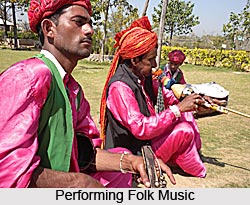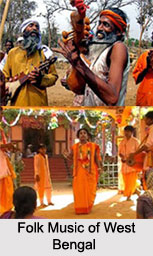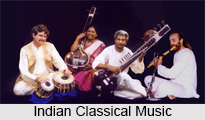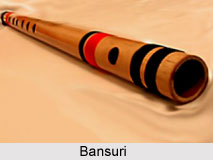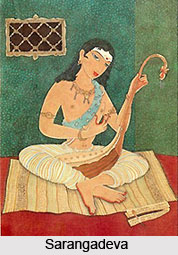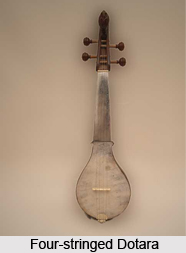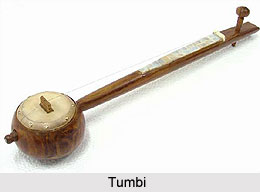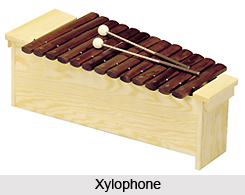Notations in Hindustani Classical music have a definite pattern of construction. It must be remembered that they are mostly a technicality as they have little value in this style of Music. Improvisation lies at the heart of the Hindustani style, and the notations simply function as a framework for the ultimate performance. In North Indian music a pitch (svara) is referred to in relative terms by the syllables Sa, Re, Ga, Ma, Pa, Dha, Ni (Some Hindustani musicians use Ri instead of Re.) There is no standard concert pitch Hindustani melodic practice. The pitch Sa is relative: it varies with the natural range of a singer`s voice, or with the dimensions of a particular musical instrument. Whether referred to orally or in notation, therefore, a pitch syllable indicates no precise pitch.
The standard system of naming pitch registers in India is traditionally by groups of seven, called saptak. This saptak includes seven basic pitches, and relative levels are used to refer to pitch registers- low, middle, and high (plus very low and very high). The low register is called mandra saptak; middle register is madhya saptak; high register is tar saptak. In Hindustani music, it is a known fact that pitches other than the basic seven can be used. Five additional pitches- a second Re, Ga, Ma, Dha, and Ni (Sa and Pa are invariable) - can be used.
The flexibility of intonation is considered by traditional musicians as one of the most precious features of Hindustani practices. This flexibility causes no problem in ensemble performance, because the soloist on a melodic instrument sets the intonation, and any other melodic instrument accompanying him must match that intonation. Many articles and books on Indian music state that an octave is divided into twenty-two intervals, or srutis. This conclusion derives from early music-theory treatises that spoke of two parent scales, Sa grama and Ma grama, distinguished from each other by interval sizes measured in srutis.
According to these treatises, there were three sizes of intervals between pitches: two srutis, three srutis, and four srutis. The total number of srutis in each scale was twenty-two. From this it was apparently concluded that in modern practice there are twenty-two pitches within each octave. This could be a probable explanation for the microtonal variations in pitch intonation. But it seems certain that ancient theory treated a single sruti as the basic unit of existing intervals and not as a musical tone in its own right.
In Hindustani notation, the pitches of the melody are aligned vertically above the song text. Sanskrit letters are used to indicate pitches:
Sa Re (Ri) Ga Ma Pa Dha Ni
To indicate a flat, one draws a line underneath the letter; to indicate a sharp, one places a mark above it. Grace notes are placed just over the main pitch. A glide (meend or mind) between two pitches is indicated by a slur above them. In Indian music, the connecting of pitches and the use of additional pitches such as grace notes are considered ornamentation. Pitch register is shown by a dot underneath the syllable for low, a dot over the syllable for high, and the absence of a dot for middle. Durations beyond one count are shown by a dash to the right of the letter. Subdivisions of a count are shown by a slur underneath the letters. The symbol S is used to show that a syllable is prolonged for another unit of time. A comma is used for a breath mark in the text line.
Although these notations are perfectly viable, they bear little relation to the music in performance. They present only the skeleton of a piece, which is always fleshed out in performance. They can also serve as the basis for a long improvisation.
